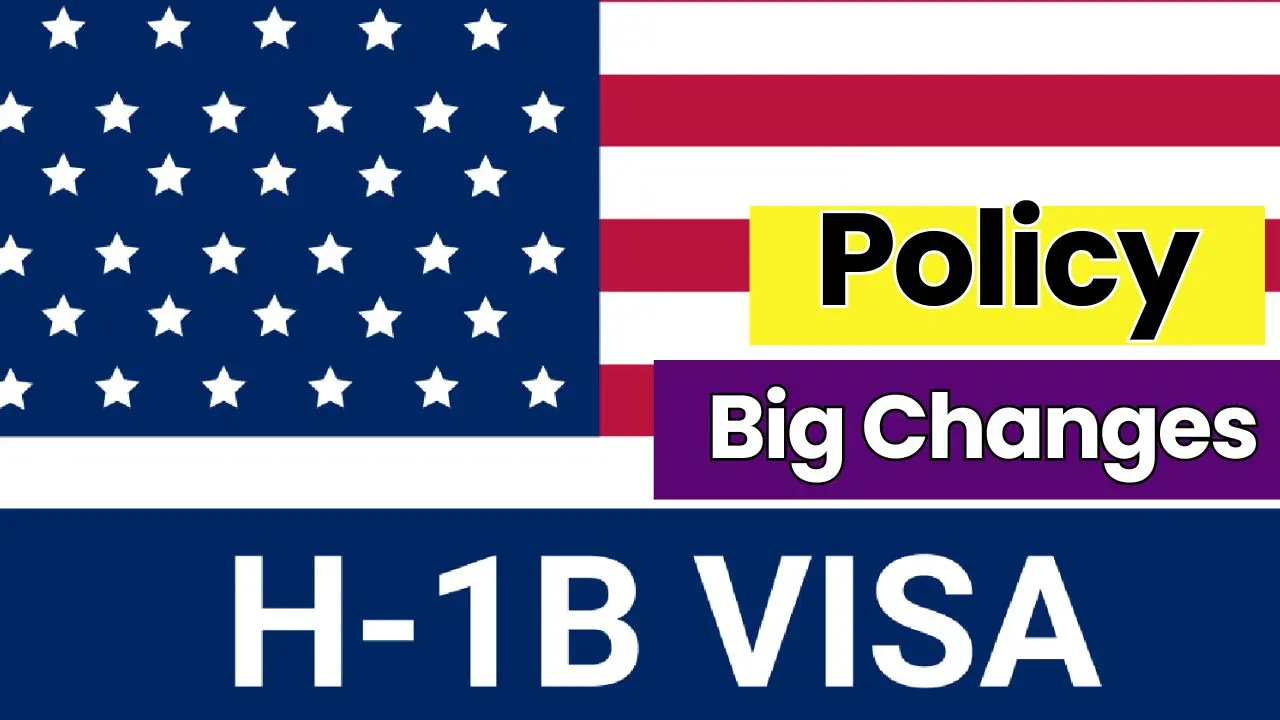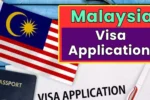A major revision that will take effect on January 17 2025 includes the H-1B visa processing that the USA has made public. Targeting how far it is efficient, transparent, and fair, these efforts have enhanced the functionality of the visa system. This provides information necessary for applicants and employers to know how to prepare for the policy changes, as the H-1B visa is a critical gateway for foreign professionals to work in the US.
An Introduction to the H-1B and Its Importance
The H-1B visa was designed to allow companies within the USA to hire foreign professionals’ knowledge to take up specialized roles in technology, health, engineering, and finance among others. Given a major shortage in skills in the US the program brings overseas skilled personnel to fill in the gap. Tensions have been on the rise for so many years as we’ve always had proposals on how to reform the visa program to eliminate inefficiency and malpractice.
Major Changes Starting January 17.
A significant revamp ensures more features and fairness in its management. This will now mean that the H-1B selection system was revamped. Visas were originally randomly allocated; now, however, they will be allocated according to wage level. Many are hailing this new act as a means of attracting highly specialized professionals with offers of better pay hence protect those sent from exploitation and gross underpayment.
Furthermore, stricter oversight and enforcement forms a fundamental part of the modified program. This would include enhanced checks vis-a-vis wage compliance and job qualifications. It is expected that these changes will lead to some deterrence against abuses in the long run and will serve the interests of US workers and H-1B visa holders.
Implications for the Employers and the aspiring candidates:
Some comprehensive effects of these policy changes would be experienced by the employers and the alien workers. For employers, the reforms underscore the increasing need to offer competitive salaries when vying for the cream of the crop. Companies that have internalized these principles hold the key to casting a recruitment net for top tier skills and must be ready for more rigorous scrutiny during both application and enforcement periods.
The wage-based selection system makes the negotiation of fair compensation even more important for candidates. Finally, because the categories for premium processing are exclusive to the category of persons employed in sectors with a need for highly skilled managerial or technical professionals, anyone having such capabilities and qualifications that can be placed into the evolving U.S. economy will benefit favorably from the merits of the new system. In addition, extended grace periods for job dislocation can be offered to nationals in the H category, providing a period wherein the H-1B holder can find new employment, thereby adding a feeling of security to the job.
Preparing for the Transition
To adjust with the changes, which would come into force, employers and aspiring applicants, both need to stay alerted and act in a proactive manner. It will also be important for companies to assess their recruitment activities against the new conditions, while potential applicants must understand if they have the required qualifications and salary according to the new requirements.
Conclusion
The forthcoming changes in the H-1B visa policy offer a glimmer of hope for a more potent and fair system. As reforms aim to engage top global talent in discussions regarding skills and wage levels, worker rights will be maximized. Thus, the new policy will reshape the arena of the H-1B battle in terms of staying informed to navigate through this developing immigration framework.



